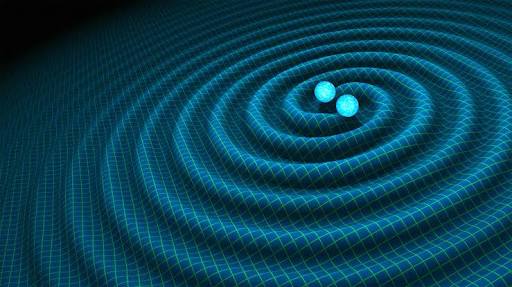Gravitational waves, they are nothing but a ripple in the space-time, which propagates as waves outwards from their source at the speed of light. It also transports "gravitational radiation" which is similar to the electromagnetic radiation present in earth.
Gravitational waves were first proposed by Henri Poincaré and later predicted by Albert Einstein. So you might be wondering what is this so called "Gravitational waves", they are ripples in space-time. A gravitational waves gets created whenever masses (bodies having mass) accelerates. Any and all body which has mass creates gravitational waves but to detect a gravitational waves, there must be the bodies with huge masses.
So what are the changes it makes for us you ask? Well there are two changes :-
Gravitational waves were first proposed by Henri Poincaré and later predicted by Albert Einstein. So you might be wondering what is this so called "Gravitational waves", they are ripples in space-time. A gravitational waves gets created whenever masses (bodies having mass) accelerates. Any and all body which has mass creates gravitational waves but to detect a gravitational waves, there must be the bodies with huge masses.
So what are the changes it makes for us you ask? Well there are two changes :-
- For humans - For us humans, detection of gravitational waves now allows a better study of black holes.
- Cosmic change - Gravitational waves on cosmic level creates a huge change. It bends and stretches space time itself. Whenever gravitational waves passes through earth, the earth gets stretched and contracted but the change is so minor that it cannot be perceived by our naked eyes.
So yeah, that was gravitational waves. Go try creating ripples on space-time by moving in the circular motion with you friends😉👍
Image from NASA.

Comments
Post a Comment